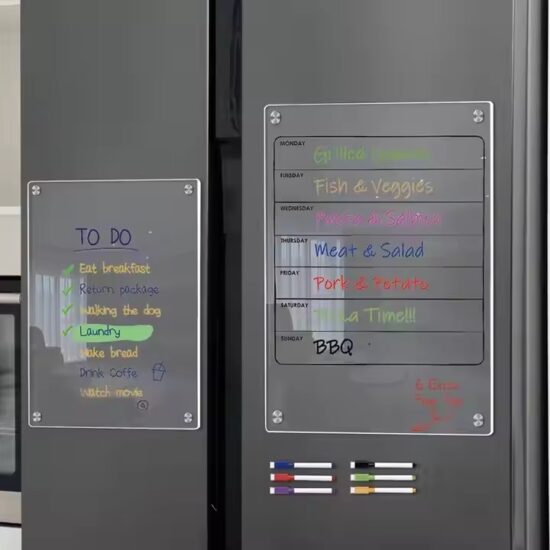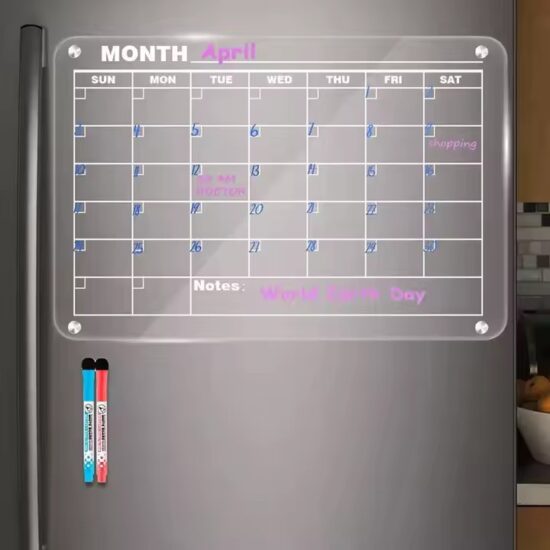bob@nbdho.com
Detailed Explanation of Materials and Structure of Magnetic Calendars
Detailed Explanation of Materials and Structure of Magnetic Calendars
Magnetic calendars are practical tools that combine functionality with ease of use, widely utilized in homes, offices, and businesses. Understanding the materials and structural design behind these calendars helps manufacturers optimize quality and customization, while users benefit from durable and attractive products. This article provides a detailed explanation of the common materials and structural components used in magnetic calendars.
1. Magnetic Backing Material
The core feature of magnetic calendars is the magnetic backing that allows them to adhere securely to metal surfaces such as refrigerators, whiteboards, or filing cabinets. Common magnetic materials include:
-
Flexible Magnetic Sheets: Made from ferrite or iron oxide particles embedded in rubber or plastic, these sheets provide flexibility and durability.
-
Thin Magnetic Strips: Used for lightweight calendars, these strips offer moderate magnetic strength.
-
Rare Earth Magnets: Though less common due to cost, these offer strong magnetic properties for specialized applications.
The choice of magnetic material impacts the calendar’s ability to stay in place, flexibility, and overall thickness.
2. Printing Surface Material
The front surface of a magnetic calendar serves as the display area, where dates, images, and branding appear. Materials typically used include:
-
Coated Paper: High-quality, thick paper with a glossy or matte finish suitable for vibrant printing.
-
Cardstock: Durable and rigid, providing a premium feel.
-
PVC or Synthetic Films: Water-resistant and tear-proof materials ideal for long-lasting use.
Surface treatment such as lamination or UV coating enhances durability, resists fading, and protects against moisture and scratches.
3. Adhesive Layer (Optional)
Some magnetic calendars incorporate an adhesive layer between the magnetic backing and the printing surface to ensure stable bonding. High-quality adhesives prevent peeling and maintain integrity over time.
4. Design and Structural Features
Magnetic calendars come in various formats, including single-sheet, multi-page, or foldable designs. Structural elements may include:
-
Perforations: Allow easy tearing of pages, useful in multi-month calendars.
-
Tabs or Sections: Help organize months, weeks, or special events.
-
Additional Functional Areas: Some calendars integrate note sections, to-do lists, or QR codes for enhanced utility.
5. Packaging and Presentation
Packaging materials and presentation styles contribute to the product’s appeal, especially for wholesale and customized orders. Common packaging options include:
-
Transparent plastic sleeves for protection.
-
Cardboard backing for added rigidity.
-
Customized boxes for branding and gifting.
Conclusion
The materials and structure of magnetic calendars are carefully selected to balance functionality, durability, and aesthetics. By understanding these components, manufacturers can create high-quality products tailored to client needs, while customers enjoy reliable and visually appealing calendars suited for various applications.

